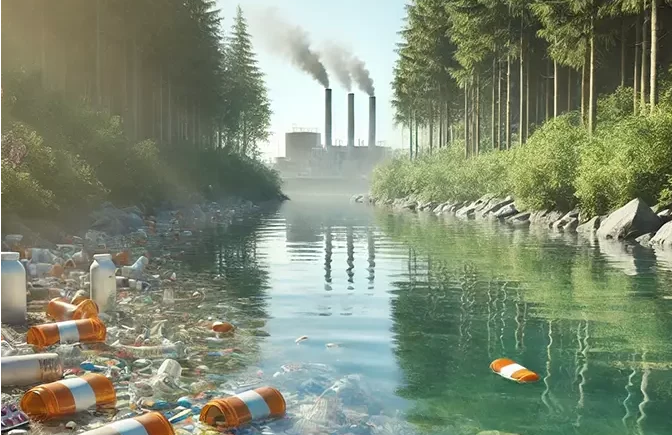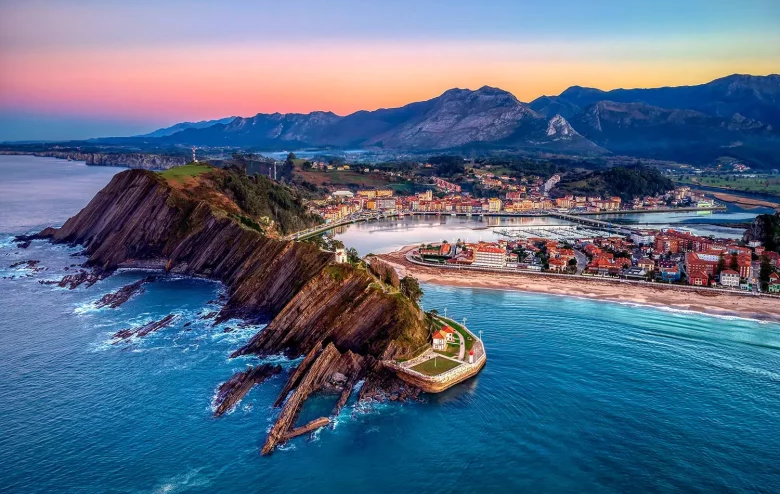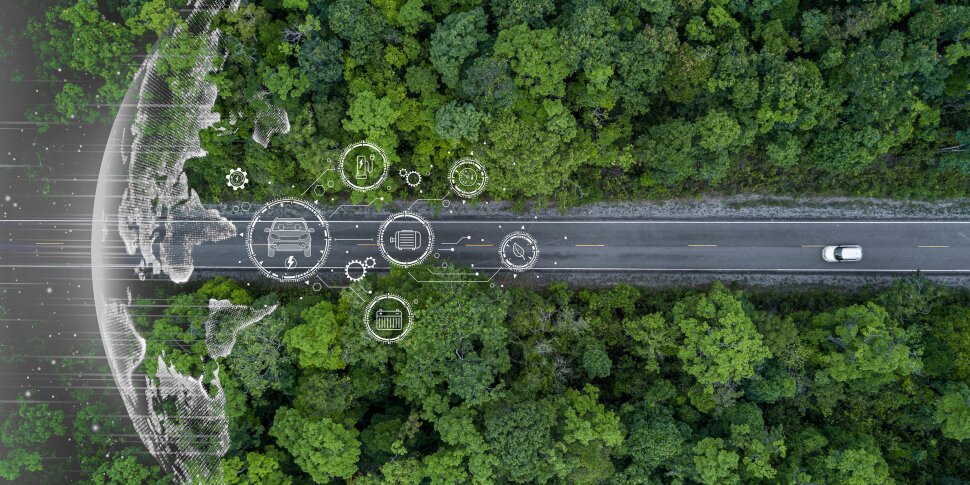Investigation Architecture and Environmental Planning in Prehistory for Designing an Ecologically Sustainable Tourist Resort
Downloads
Doi:10.28991/HEF-2022-03-01-08
Full Text:PDF
Downloads
Gimbutas, M. (2007). The goddesses and gods of old Europe. University of California Press. Available online: https://www.ucpress.edu/book/9780520253988/the-goddesses-and-gods-of-old-europe (accessed on December 2021).
Black, J. (2022). Is the Danube Valley Civilization script the oldest writing in the world? Available online: https://www.ancient-origins.net/ancient-places-europe/danube-valley-civilisation-script-oldest-writing-world-001343 (accessed on January 2022).
Borič D. (2003) Deep Time Metaphor: Mnemonic and apotropaic practices at Lepenski Vir, Journal of Social Archaeology 3 (1), 46-74. doi:10.1177/1469605303003001098.
Subašič, B. (2016). Ko je zaista otkrio Lepenski Vir. Novosti. Available online: http://www.novosti.rs/ vesti/naslovna/reportaze/aktuelno.293.html:635860-Ko-je-zaista-otkrio-Lepenski-vir (accessed on December 2021).
A.A.S. (2014). Kako je i kada otkriven Lepenski Vir. Arheo-amateri Srbije. Available online: http://www.arheo-amateri.rs/2014/04/kako-je-i-kada-otkriven-lepenski-vir/ (accessed on January 2022).
Pucar, M., Pajevič, M., Jovanovič-Popovič, M. (1994) Bioclimatic features of some historical settlements in Serbia and Montenegro, PLEA 94, Architecture of the Extremes, Proceedings of the 11th PLEA International Conference, Dead Sea, Israel, 463-470.
Radovanovič I. (1998) Vlašac i Lepenski Vir u svetlu najnovijih istraživanja, Rad Dragoslava Srejoviča na istraživanju praistorije centralnog Balkana, Kragujevac, 27-29, November 1997, Kragujevac, Serbia, 33-38.
International New York Times (2007). Excavations reveal ancient civilization with a sense of style. Available online: https://www.ekathimerini.com/news/53394/excavations-reveal-ancient-civilization-with-a-sense-of-style/ (accessed on January 2022).
Andrejič, Ž., Milosavljevič, P., Todorovič, I., & Stanojevič, M. (2005). Metafizika Lepenskog Vira. Centar za mitološke studije Srbije. Available online: https://www.delfi.rs/knjige/140402_metafizika_lepenskog_vira_knjiga_delfi_knjizare.html (accessed on January 2022).
Antonovič, D., Perič, S., & Resimič-Š arič, K. (2006). Stone Tools from Lepenski Vir. Institute of Archaeology. Belgrade, Serbia & Montenegro.
Babovič, L., (1997). Položaj i funkcija svetilišta na Lepenskom Viru, Uzdarje Dragoslavu Srejoviču, Filozofski fakultet, Beograd, 97-108.
Bonsall, C., Macklin, M., Payton, R., & BoroneanŠ£, A. (2002). Climate, floods and river gods: environmental change and the Meso–Neolithic transition in southeast Europe. Before Farming: the archaeology of Old World hunter-gatherers 4(2), 1–15. doi:10.3828/bfarm.2002.3-4.2.
Borič, D. (2002). The Lepenski Vir conundrum: reinterpretation of the Mesolithic and Neolithic sequences in the Danube Gorges. Antiquity, 76(294), 1026–1039. doi:10.1017/s0003598x00091833.
Srejovič, D. (1972) Lepenski Vir, Stein and Day, New York, United States.
Jovanovič, B. (2008). Micro-regions of the Lepenski Vir culture: Padina in the Upper Gorge and Hajdučka Vodenica in the Lower Gorge of the Danube, Documenta Praehistorica 35, 289-324.
Srejovič, D. (1969). Lepenski Vir, nova praistorijska kultura u Podunavlju, SKZ, Beograd, Serbia, 157, 42-92.
Srejovič, D. (2001). Iskustva prošlosti, Ars Libri, Beograd, Serbia, 51-55.
Srejovič D., Babovič L. (1983). Umetnost Lepenskog vira. Izdavački zavod Jugoslavija, Beograd, Serbia.
Radovanovič, I. (1996). The Iron Gates Mesolithic. Ann Arbor: International monographs in prehistory. In Archaeological Series, 11, 1–382.
Mihailovič, D. (2002) Prirodni okviri, in: Vodič kroz kulturu Lepenski Vir, Narodni muzej, Beograd, Serbia, 25-27.
Radovanovic, I. (2000). Houses and Burials at Lepenski Vir. European Journal of Archaeology, 3(3), 330–349. doi:10.1177/146195710000300305.
Srejovič, D. (1972). New discoveries at Lepenski Vir: Europe's first monumental sculpture. Thames and Hudson, London, United Kingdom.
Bogucki, P. & Sherratt, A., 1999. Economy and Society in Prehistoric Europe: Changing Perspectives. Journal of Field Archaeology, 26(1), Princeton University Press. doi:10.2307/530626.
Runnels, C. N. (1981). The Prehistory of the Mediterranean. By D. H. Trump. American Journal of Archaeology, 85(3), 342–343. doi:10.2307/504180.
Borič, D. (2005). Body Metamorphosis and Animality: Volatile Bodies and Boulder Artworks from Lepenski Vir. Cambridge Archaeological Journal, 15(1), 35–69. doi:10.1017/s095977430500003x.
Radovanovič, I. (2002) Staništa Lepenskog Vira, in: Vodič kroz kulturu Lepenski Vir, Narodni muzej, Beograd, Serbia, 43-46.
Milosevic, P. (2015). Developing greenway corridors in Serbia - Case study of the Danube region's cultural, historical and natural ressources' potential. Architecture Civil Engineering Environment, 8(1), 21–34.
Miloradovic, N. (2016). Lepenski Vir the Prehistoric Energy Efficient Architecture. REHVA European HVAC Journal, 53(5), 54-59.
Miloradovič, N. (2015). Architecture and Urbanism of Prehistoric Settlement Lepenski Vir in Light of Energy Fficiency in Building Stock. KGH Journal– Klimatizacija, grejanje, hlač‘enje 44(4), 33-38.
Miloradovič, N. (2011). Historical Progress of Thermal Comfort Living in Hot and Arid Areas. KGH Journal– Klimatizacija, grejanje, hlač‘enje 40(2), 91-98.
Miloradovič, N. (2019). Eccentric Shapes of Buildings as Optimal Solutions for Bioclimatic Architecture. Zbornik Meč‘unarodnog kongresa o KGH Journal, 35(1), 114-119.
Miloradovič, R. (1962) Aerodinamika malih brzina, Vazduhoplovni savez Jugoslavije, Beograd, Serbia, 1-12. Available online: https://www.kupindo.com/Tehnicke-nauke/52271545_ta-AERODINAMIKA-MALIH-BRZINA-Radisav-Miloradovic (accessed on January 2022).
Krames, H. (2014). Energetska efikasnost zgrada – Iskustva Evropske unije i Savezne Republike Nemačke, Presentation on November 8, 2014 at Mechanical Faculty, Belgrade University, Beograd, Serbia.
Twidell, J.W., & Weir, A. D. (1986). Renewable Energy Resources. E. & F.N. Spon, London, United Kingdom.
Pucar M. (2006), Bioklimatska arhitektura – zastakljeni prostori i pasivni solarni sistemi. Institut za arhitekturu i urbanizam Srbije, Beograd.
Lukič, M. (1994) Solarna arhitektura, Naučna knjiga, Beograd, Serbia, 1-42.
Sklenar, K. (1988). Hunters of the Stone Age (History of prehistoric man). Hamlyn, London, United Kingdom.
Culture Committee (2016). Council for Cultural Co-Operation. Cultural Policy in Albania; Council of Europe Publishing: Strasbourg, France. Available online: https://www.coe.int/t/dg4/cultureheritage/Culture/Reviews/CC-CULT2000-54AAlbania_EN.pdf (accessed on January 2021).
Hitchcock, D. (2022). Don's Maps: Resources for the study of Palaeolithic / Paleolithic European, Russian and Australian Archaeology / Archeology. Available online: https://www.donsmaps.com/lepenski2.html (accessed on January 2021).
Srejovič, D. (2018). Lepenski Vir. Oxford Art Online. Stein and Day .doi:10.1093/gao/9781884446054.article.t050487
Š arič, K., Š arič, J. A., & Cvetkovič, V. (2021). Advanced petrographic study of chipped stone artefacts from Lepenski Vir (Serbia): Evidence for across-Danube communication in the Mesolithic?. Quaternary Science Reviews, 252, 106741. doi: 10.1016/j.quascirev.2020.106741.
Petrovič, A., Lemorini, C., Nunziante-Cesaro, S., & Mihailovič, D. (2021). Use-wear and residue analysis of knapped stone artefacts from Lepenski Vir and Padina (Serbia). Journal of Lithic Studies, 8(2). doi:10.2218/jls.6695.
Panait, A., Diaconu, A., Galka, M., Grindean, R., Hutchinson, S., Hickler, T., ... Feurdean, A. (2017). Hydrological conditions and carbon accumulation rates reconstructed from a mountain raised bog in the Carpathians: A multi-proxy approach. CATENA, 152, 57–68. doi:10.1016/j.catena.2016.12.023.
Borič, D., & Stefanovič, S. (2004). Birth and death: infant burials from Vlasac and Lepenski Vir. Antiquity, 78(301), 526–546. doi:10.1017/s0003598x00113201.
- The authors retain all copyrights. It is noticeable that authors will not be forced to sign any copyright transfer agreements.
- This work (including HTML and PDF Files) is licensed under a Creative Commons Attribution 4.0 International License.














